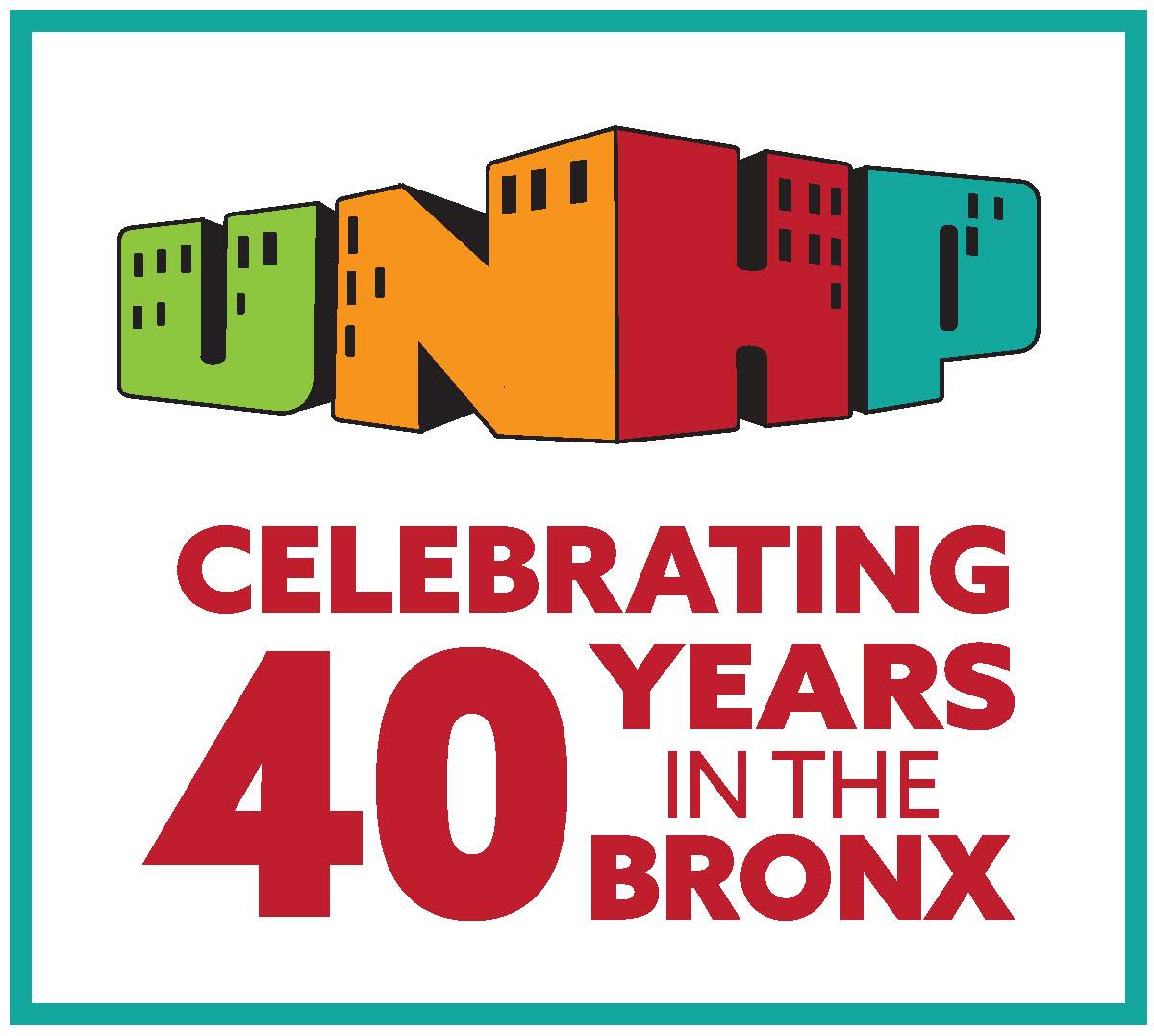Even though the real estate market is cyclical, New York State does not have to follow the post-2008 crisis trajectory: a decline in rental building values does not have to lead to a consolidation of the market by large real estate investors, followed by another upswing in values, all at a tremendous cost to tenants. Instead, with intervention from policymakers, we can pursue a recovery that both stabilizes distressed buildings and grows the state’s social housing sector, a model that is not as susceptible to fluctuations in the real estate market. We recommend that the city and state:
• Facilitate tenant, nonprofit, and
public acquisition of distressed rental
buildings, thus creating a pipeline
for social housing development.
• Continue to expand tenant protections
and code enforcement.
• Use tax policy to curb speculative
behavior by landlords and lenders.
